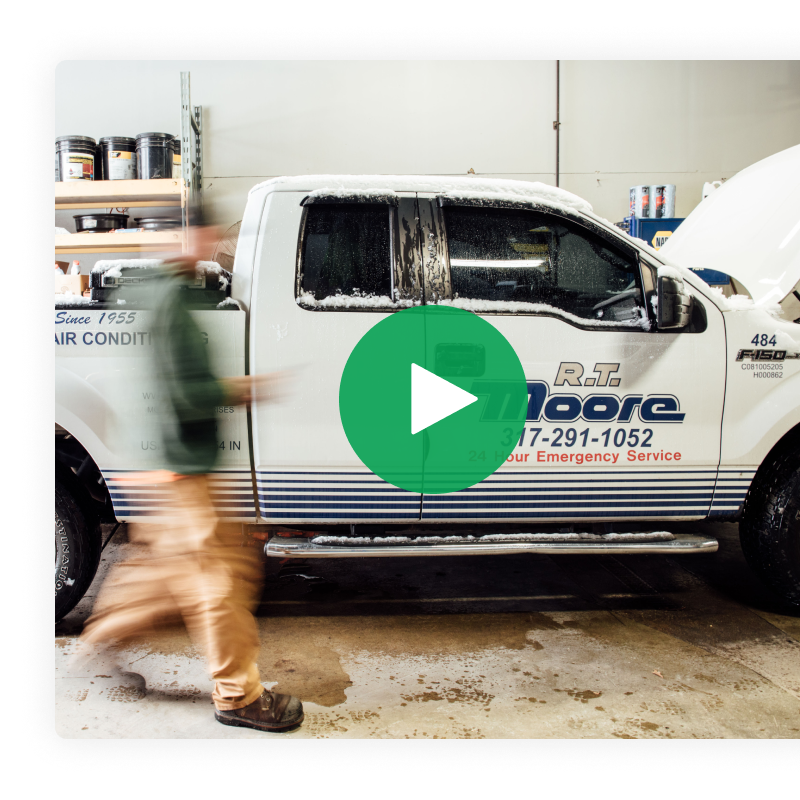8 Essential Elements to Include in Your Fleet Safety Policy
The best fleet operations tend to be the safest, and with good reason – safer fleets are actively concerned with driver behavior and training, vehicle health and a proactive approach to maintaining their fleet.
Jul 10, 2024
6 min read

TL;DR: What is a fleet safety policy?
A strong fleet safety policy is key to reducing risk, preventing accidents, and keeping drivers and assets safe. To build an effective policy, include these eight essential elements:
- Driver training and certification - Require comprehensive training and regular refreshers
- Vehicle maintenance - Set a preventive schedule and enforce inspection protocols
- Safety equipment - Ensure vehicles are equipped with functional safety gear
- Driver behavior monitoring - Define and track acceptable driving practices
- Vehicle inspections - Perform pre-trip and post-trip checks with formal checklists
- Accident reporting - Establish clear procedures for incident response and investigation
- Emergency preparedness - Document response protocols and train regularly
- Driver monitoring systems - Use telematics and GPS to promote accountability
Combining training, technology, and process-driven accountability helps create a safer, more efficient fleet operation.
Making fleet safety one of your primary goals of fleet management means enacting policies that are essential for maintaining a safe and efficient fleet operation. Here are eight key elements that fleet managers should include in their fleet safety policies.
What to include in your fleet safety policy
- Driver Training and Certification: Comprehensive driver training programs as well as regular re-certification and testing
- Vehicle Maintenance: Scheduled inspections and maintenance, documentation of all maintenance activities
- Safety Equipment: Installation and proper use of safety equipment (i.e., seat belts, airbags, telematics), in addition to regular checks to ensure equipment is functional
- Driver Behavior and Monitoring: Clear guidelines on acceptable and unacceptable behaviors, and enforcement of disciplinary actions for violations
- Vehicle Inspections: Pre-trip and post-trip inspections with thorough inspection checklists to ensure all vehicle components are functioning correctly
- Accident Reporting and Response: Clear procedures for reporting accidents and incidents, and immediate response plans and post-incident analysis
- Emergency Preparedness: Well-documented emergency contact information and procedures, and practice with regular emergency drills and training
1. Driver Training and Certification
It goes without saying that trained and certified drivers are the safest drivers, so it’s important to ensure that drivers undergo rigorous training and certification programs before operating your fleet vehicles so they can avoid common fleet safety violations. Training should address things like defensive driving techniques, vehicle handling and emergency procedures, and driving techniques should always be readdressed with refresher courses on a regular cadence to keep drivers up-to-date with the latest safety practices.
2. Vehicle Maintenance & Fleet Safety Management
A comprehensive fleet maintenance program is one of the most important facets of a fleet manager’s job description, and is vital for ensuring the safety and reliability of your fleet vehicles. Fleet managers should establish and enforce a preventive maintenance schedule that includes daily inspections, oil changes, tire rotations and other OEM-required services, whether that maintenance is managed in-house or through an external maintenance shop of their choice. Vehicles should also be inspected before and after each trip to identify any potential safety issues, so making sure that drivers conduct daily vehicle inspection reports is key to keeping vehicles in safe operating conditions.
Pro Tip
Monitoring recalls is an overlooked facet of safety in fleet maintenance – stay up to date on recalls for your vehicles to make sure that your assets are operating as intended by the OEM and act on recall notices quickly.
3. Vehicle Safety Equipment
Part of daily inspections is making sure that fleet vehicles are equipped with well-functioning safety features such as seat belts, airbags and anti-lock brakes. Beyond vehicle functionality, assets should have certain safety equipment on hand like fire extinguishers, first aid kits and emergency flares, and drivers should be provided with personal protective equipment like high-visibility vests and safety glasses.
Safer fleet, fewer surprises
Keeping a fleet safe requires more than good intentions — it takes visibility. With Fleetio, R.T. Moore knows exactly which vehicles need service before problems arise.
See their story4. Driver Behavior
It may seem fairly basic, but it is vital to establish clear guidelines for driver behavior, like following speed limits, limiting cell phone usage and consistent seat belt usage so that it never has an opportunity to become an issue. Drivers should be encouraged to follow safe driving practices such as maintaining a safe following distance, avoiding aggressive driving and obeying traffic laws.
Pro Tip
Encouraging good driver behavior isn’t just about telling drivers to do certain things – it’s important to create systems that allow drivers to be their safest, like optimizing routes and timelines with telematics to incentivize normal driving speeds, or avoiding any potential mechanical issues with fleet management software.
5. Fleet & Vehicle Safety Inspections
As we previously mentioned, drivers should conduct pre-trip and post-trip inspections of their vehicles to identify any safety issues and keep vehicles in working condition. It’s important for fleet managers to provide drivers with a checklist of items to inspect, including brakes, tires, lights and fluid levels, but it’s even more significant for fleet managers to have a system to quickly follow up on the concerns that inspections reveal in order to keep their vehicles compliant and on the road.
Download our free DOT-Compliant inspection form
6. Accident Reporting and Investigation
Accidents will happen despite a fleet manager’s best efforts, and drivers should be required to report the incident to their fleet manager immediately when they do occur so they can be addressed expediently. Fleet managers should conduct a thorough investigation of the accident to determine what caused the issue and take appropriate action to prevent similar incidents in the future.
7. Emergency Procedures
Having clear procedures for handling emergencies such as accidents, breakdowns and hazardous weather conditions can help fleet managers avoid any situations that require them to respond on the spot. Once those situational responses are determined, training on these procedures should be looped into standard driver training, and drivers should be provided with the necessary tools and equipment to handle emergencies safely.
8. Driver Monitoring
Fleet managers should implement a driver monitoring system to track driver behavior and identify any potential safety issues. This system can include GPS tracking, telematics and driver scorecards. Drivers should be informed of the monitoring system and its purpose to encourage safe driving habits.
Pro Tip
It’s entirely possible to monitor behavior without it feeling like Big Brother. Set clear criteria with your drivers so they understand what you’re tracking and why, and be willing to answer their questions and meet their concerns.
Safe fleets runs on smart tools
Manual processes lead to delays, missed maintenance and costly mistakes. With Fleetio you can automate inspections, maintenance and reporting all in one place — giving you complete visibility and control in real-time.
See for yourself
Senior Fleet Content Specialist
As a Senior Fleet Content Specialist at Fleetio, Peyton explores the voices and experiences that shape fleet operations. She focuses on how fleet professionals adopt technology, improve efficiency and lead their teams to bring clarity and context to the challenges happening across the industry.
View articles by Peyton PanikReady to get started?
Join thousands of satisfied customers using Fleetio
Questions? Call us at 1-800-975-5304
Get Our Newsletter
Join a community of 70,000+ fleet industry professionals.

